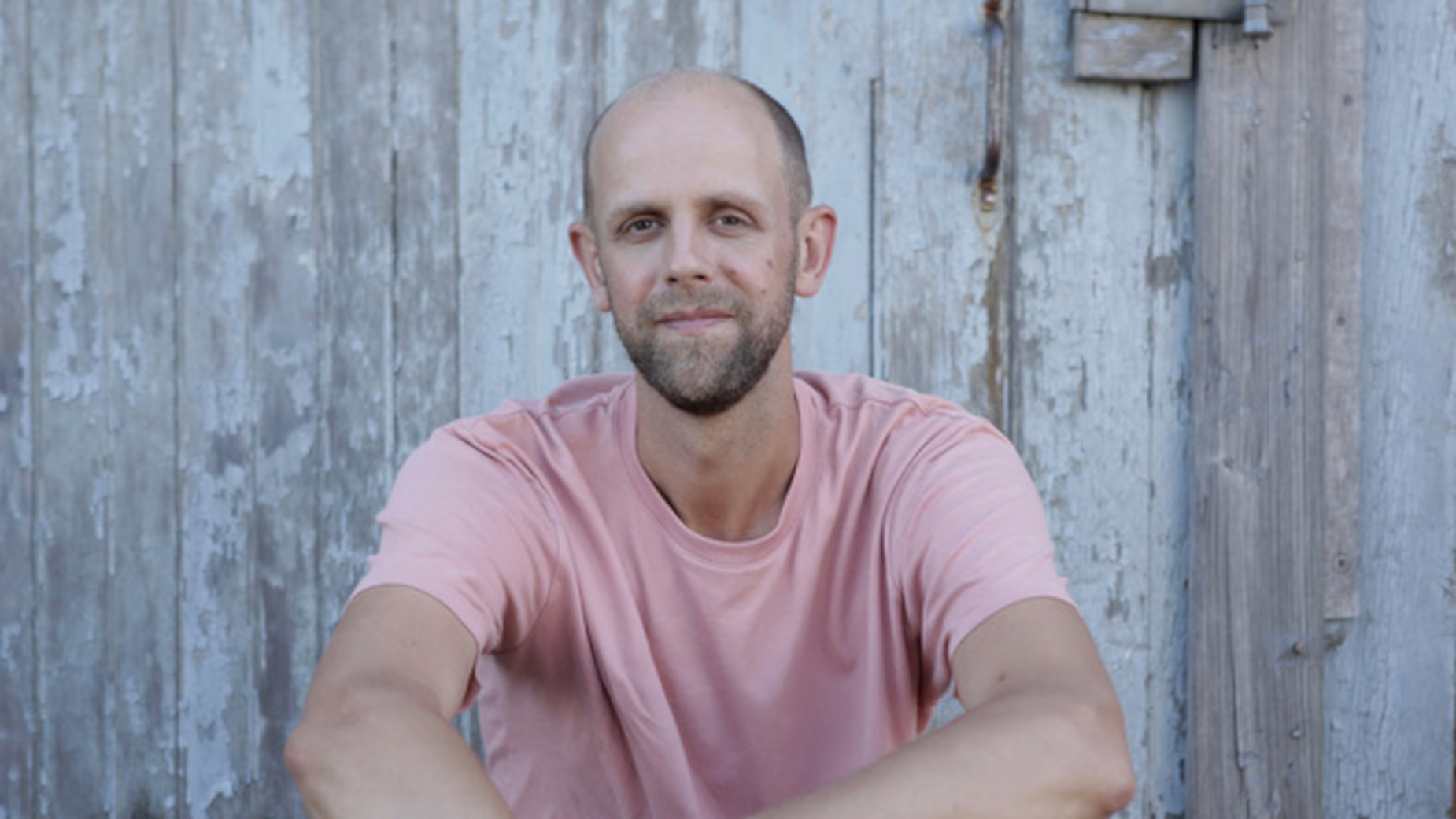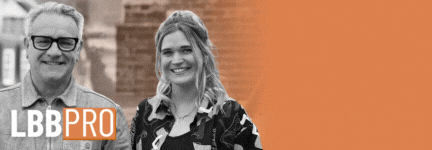
The Directors: Thomas Beug

Thomas’ work is characterised by a nuanced storytelling flair and skill for drawing real, emotive performances from his cast; often played with a laugh. At the heart of his craft is an eye for beautifully composed, cinematic visuals.
He has directed global campaigns for brands such as Adidas and Puma, with stars including Usain Bolt, Simone Biles, Novak Djokovic and Thierry Henry.
Not only adept at handling emotive scripts, Thomas is a respected documentary director. He has worked as a director and showrunner on multiple branded documentary series. And he co-created an independent travel show called This Is My City (currently streaming on Amazon), which became an online hit with features in The New York Times and The Guardian.
Thomas’ work has won multiple awards at festivals including The One Show, Cannes Lions, The Fastnet Film Festival, Red Rock Film Festival, and DOC NYC.
Butter are delighted that he has recently returned to live and work in Ireland.
LBB> What elements of a script sets one apart from the other and what sort of scripts get you excited to shoot them?
Thomas> I love a script that is stripped back, simple, and elegant. Where the strategy and the idea and the execution all line up. Where we’re not trying to hit people over the head but rather tell a story and make viewers feel something. It’s those scripts where you get the freedom to be really creative because everything just stacks up from the outset.
That said, scripts are often like problems waiting to be solved. As a director, you have to read between the lines, take them apart and ask, ‘what’s this really about?’ This kind of problem solving, and interpretation is fun in itself, and part of what makes this job interesting.
LBB> What type of work are you most passionate about - is there a particular genre or subject matter or style you are most drawn to?
Thomas> These days I get most excited about work that is emotive and/or funny, performance-led and manages to tell a compelling story in 30 to 60 seconds. Projects like the Brothers film I did for NBC in the US or the recent ‘Love Where You Live’ commercial I did for Glenveagh Homes in Ireland. In the latter, the brief just rang true immediately: tell the story of a shy boy in a parka who’s moving to a new house and having trouble settling in, but the house and the community ultimately win him over. With Brothers, the brief was simple: make a film about ‘trust.’ There wasn’t even a script, so I got to put my writing hat on, come up with the whole narrative and then shoot it. That was rewarding.
I suppose I’m drawn to these kinds of archetypal or big-picture stories that get to a central truth that we can all relate to. And where I can focus on tapping into a narrative arc that takes the viewer on an emotional journey.
LBB> You started as a documentary filmmaker. How do you transfer that expertise to more performance-led storytelling scripts?
Thomas> Coming from a documentary background and working with lots of ‘real people,’ I think I’m pretty sensitive to what feels authentic or honest on screen. I bring that sensitivity with me when it comes to working with actors because I feel that in narrative or scripted work, if things don’t feel real, the viewer is going to switch off.
I look to set up simple situations that are very relatable, so actors are not having to ‘reach’ for the emotional connection. And I find myself asking actors all the time if there’s a more natural way to say a given line or approach a key moment. Those on-the-fly collaborations and improvisations often yield the best results.
LBB> A lot of your work is characterised by empathy and human connection - how do you glean every drop of emotion from a script to craft a moving piece of film?
Thomas> I think a lot of the emotion and weight comes to a film project in the edit. This is where you build tension and release. It’s where the rhythm, music and sound design all come together to make it special. Sure, you need to have the building blocks to work with like genuine performances, honest moments and powerful imagery but building that emotion really happens in the edit room and I love that process. I’ve worked as an editor in the past myself and I love collaborating with talented people who can help shape a film - to make the most of all the moments we have captured.
LBB> What role does humour play in your work?
Thomas> If you’re playing with emotion, you are playing with humour too. Things can’t be all down, and you have to fall from a height. In my mind, making people smile is just as important as making people tear up and one is closely tied to the other.
I’m often approached with boards that ask for a measure of humour or maybe a wink and a smile. Perhaps one day I’ll get to do laugh-out-loud funnies but for now, a little chuckle is probably all I can hope for. Seriously though, coming from a documentary background, I run into a lot of real-life, stranger-than-fiction humour. In fact, I seek it out. So, I reckon I also bring that tongue-in-cheek sensibility to my scripted projects.
LBB> For you, what is the most important working relationship for a director to have with another person in making an ad? And why?
Thomas> Personally, I think the best work is made when I’m really collaborating closely with agency creatives. When ideas are being tossed around freely and the vibes on set are super positive. When there’s trust and mutual respect but also the freedom to question each other’s instincts, as well having a laugh and not taking ourselves too seriously. Some of my best friends are writers and art directors and I find myself laughing a lot in their presence. At the end of the day, we all want the end product to be great, so I like when we can work together to make something the very best it can be.
LBB> Your work has an authentic cinematic feel - take us through your process for achieving something that looks cinematic but still feels visually engaging.
Thomas> For me, cinematography is about being just the right amount of intentional (so it looks great and feels cinematic) while also being just the right amount of spontaneous (so it still feels real and loose). I want frames in my films that are beautifully crafted but also intimate and charged.
So, in practice, I like to stay light on my feet and move quite quickly. I also like to get up close and personal with my subjects and be in the middle of the action. Perhaps this harks back to a time when I used to pick up a camera and shoot things myself or when I worked with Vice in New York. But whether the project is big or small, I like to instil my frames with energy and I think that comes from a spontaneous and instinctive approach to visuals.
LBB> What’s the craziest problem you’ve come across in the course of a production – and how did you solve it?
Thomas> A standout production problem that I encountered was during a spot for Puma. We had to get a whole film crew from one side of Kingston, Jamaica to the other - in the middle of rush hour - to shoot a final daylight scene with Usain Bolt. From my point of view, a lot of it was having to shoot on the fly, making quick creative decisions. Then, a rather large part of the solution, of course, was to be lavished with nothing short of a presidential-style, siren-blaring police motorcycle escort that stopped traffic at every intersection so we could beat the clock and get that crucial last shot in the can - that was fun.













